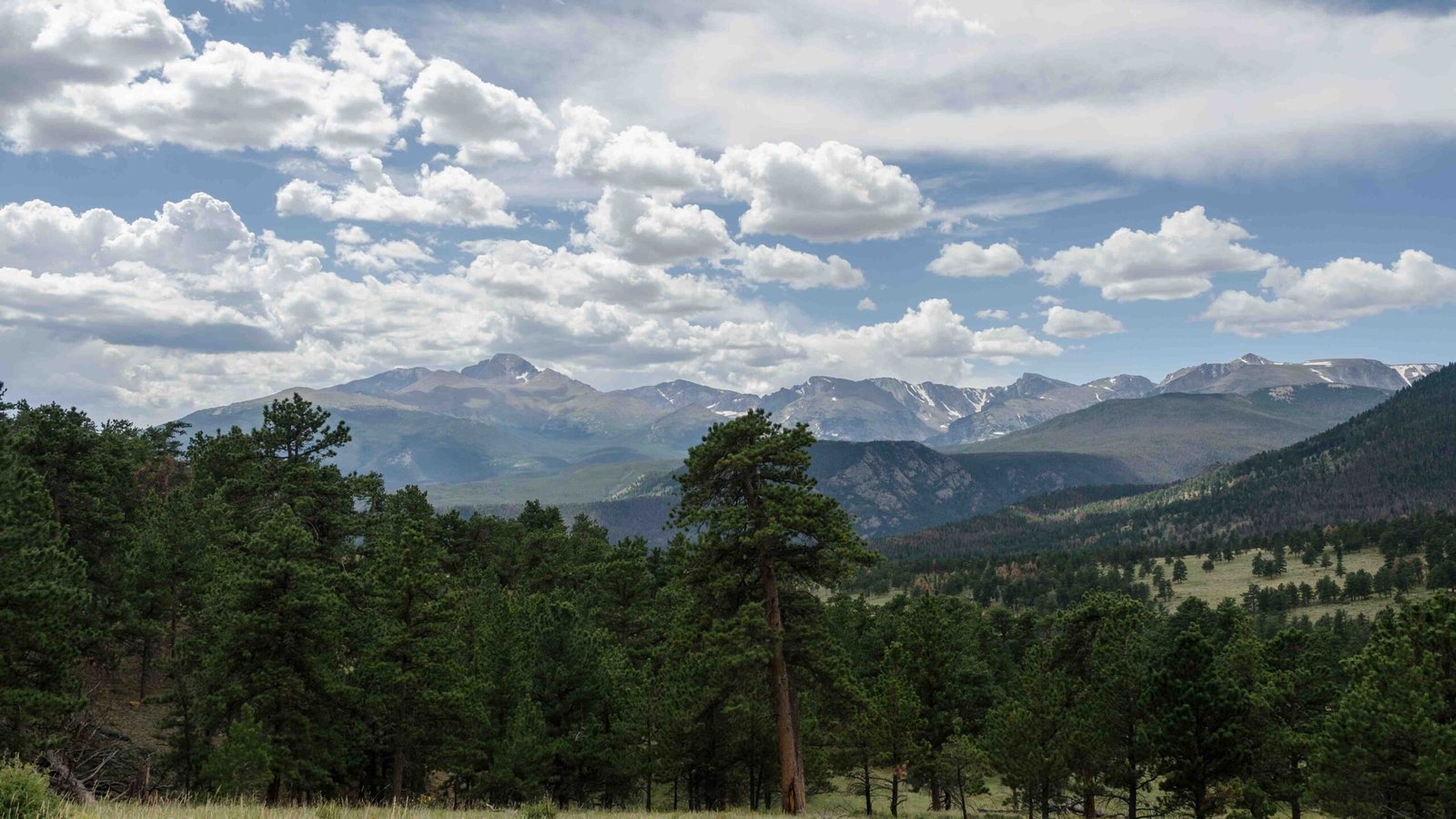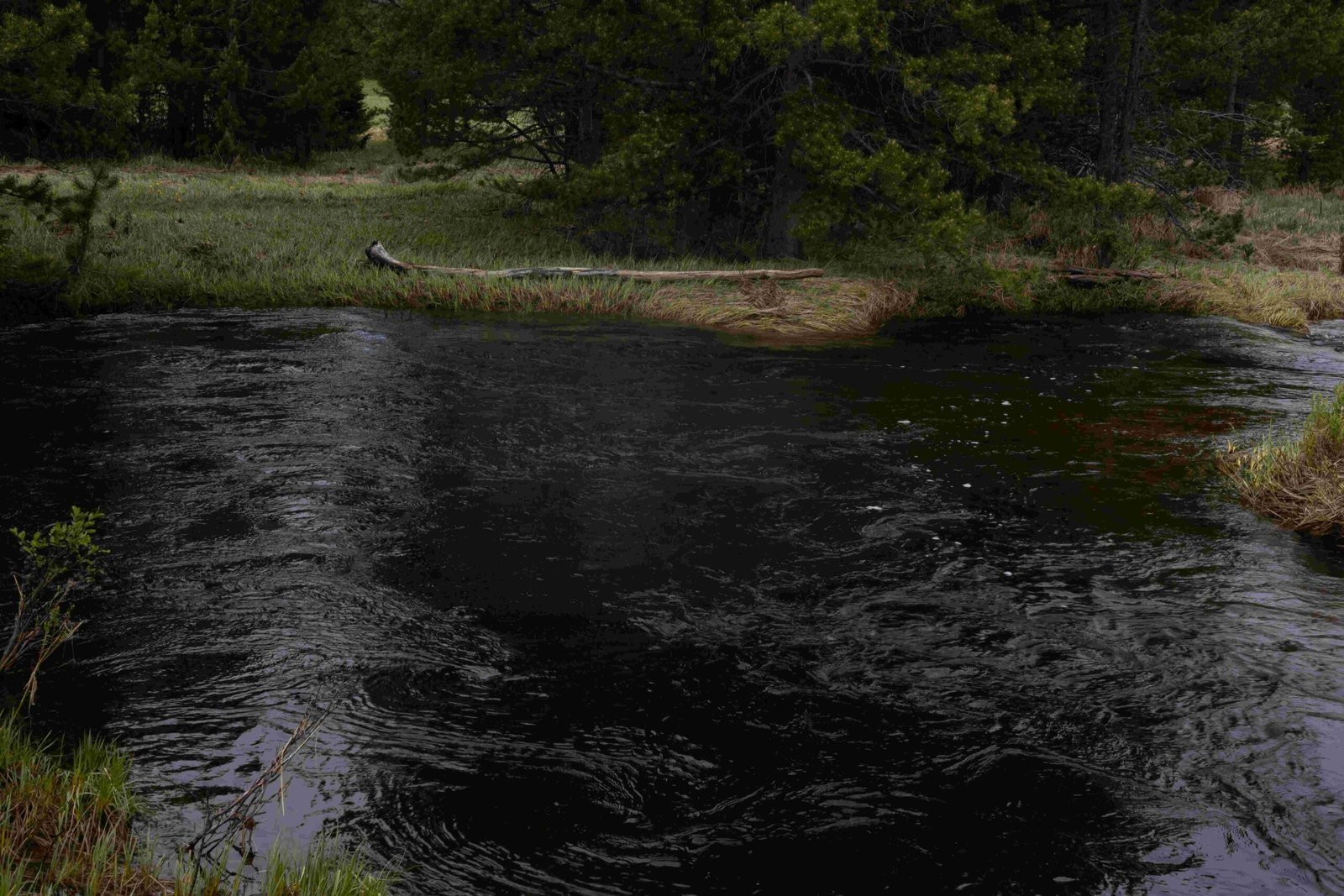Lake Verna Trail in Rocky Mountain National Park offers a challenging 14-mile round trip hike with stunning views. Starting at East Inlet Trailhead near Grand Lake, the trail passes Adams Falls before reaching Lake Verna, surrounded by forest and granite walls. With a 2,000-foot elevation gain, this strenuous hike requires 6-10 hours and proper preparation. The trail continues to Spirit Lake, providing additional scenic vistas for adventurous hikers.
What is the Lake Verna Trail?

The Lake Verna Trail is an out-and-back trail located in Rocky Mountain National Park. Here are the key details:
- Distance: Approximately 7 miles one way, 14 miles round trip
- Trail Type: Out-and-back
- Difficulty: Strenuous
- Elevation Gain: Roughly 2,000 feet
- Estimated Hiking Time: 6-10 hours, depending on pace and stops
This trail offers a challenging hike with rewarding views of pristine alpine lakes and surrounding mountain scenery.
What are the Notable Waypoints on the Lake Verna Trail?

The Lake Verna Trail features several notable landmarks:
- East Inlet Trailhead: Starting point of the hike
- Adams Falls: An early scenic waterfall
- Lake Verna: The primary destination, known for its beauty
- Spirit Lake: Optional continuation beyond Lake Verna
Each of these waypoints offers unique views and experiences, making the journey as rewarding as the destination.
How to Prepare for the Lake Verna Hike?
Proper preparation is crucial for a safe and enjoyable hike to Lake Verna. Consider the following:
- Physical Fitness: Train for steep inclines and long distances
- Gear: Bring sturdy hiking boots, layers of clothing, and plenty of water
- Navigation: Carry a detailed trail map and compass
- Weather: Check forecasts and be prepared for sudden changes
- Food: Pack high-energy snacks and a lunch for the long day
- First Aid: Bring a basic first aid kit for emergencies
Remember, this is a strenuous hike in a remote area, so being well-prepared is essential.
What are the Seasonal Considerations for the Lake Verna Trail?
The Lake Verna Trail experiences significant seasonal changes:
| Season | Trail Conditions | Considerations |
|---|---|---|
| Summer | Generally clear, possible lingering snow | Best time for hiking, but prepare for afternoon thunderstorms |
| Fall | Clear, cooler temperatures | Beautiful foliage, but shorter daylight hours |
| Winter | Snow-covered, icy | Requires winter gear (snowshoes, crampons) and advanced skills |
| Spring | Muddy, possible snow | Be prepared for varied conditions and potential high water crossings |
Always check current trail conditions before setting out, regardless of the season.
What Wildlife Might be Encountered on the Lake Verna Trail?
The diverse ecosystem of Rocky Mountain National Park supports a variety of wildlife:
- Elk
- Mule deer
- Bighorn sheep
- Black bears
- Moose
- Various bird species
Remember to maintain a safe distance from all wildlife and never feed animals. Carry bear spray and know how to use it properly.
What are the Parking and Permit Requirements?
Understanding the logistics is crucial for a smooth hiking experience:
- Parking: Available at East Inlet Trailhead, but limited. Arrive early to secure a spot.
- Permits:
- Day hikes do not require a permit
- Backcountry camping requires a permit (if planning an overnight stay)
- Park Entry: A valid Rocky Mountain National Park entry pass is required
Check the National Park Service website for current fees and reservation requirements, as these may change seasonally.
How to Practice Leave No Trace on the Lake Verna Trail?
Preserving the natural beauty of the Lake Verna Trail is everyone’s responsibility. Follow these Leave No Trace principles:
- Plan ahead and prepare
- Travel and camp on durable surfaces
- Dispose of waste properly
- Leave what you find
- Minimize campfire impacts
- Respect wildlife
- Be considerate of other visitors
By adhering to these principles, we can ensure that future generations can enjoy the same pristine wilderness.
What are the Best Photography Opportunities on the Lake Verna Trail?
The Lake Verna Trail offers numerous photographic opportunities:
- Adams Falls: Capture the cascading water early in the hike
- Alpine Meadows: Wildflowers in summer create colorful foregrounds
- Lake Verna: Reflections of surrounding peaks in the calm water
- Spirit Lake: Sunset views for those who hike beyond Lake Verna
- Wildlife: Be ready for unexpected animal encounters
Bring a wide-angle lens for landscapes and a telephoto for wildlife. Remember to respect nature and other hikers while photographing.
How to Stay Safe on the Lake Verna Trail?
Safety should be a top priority when hiking the Lake Verna Trail:
- Tell someone your plans: Inform a friend or family member of your itinerary
- Start early: Allow plenty of time to return before dark
- Stay on the trail: Avoid shortcuts to prevent erosion and getting lost
- Watch the weather: Be prepared to turn back if conditions worsen
- Hydrate: Drink plenty of water and bring a water filtration system
- Altitude awareness: Acclimate properly and know the signs of altitude sickness
Remember, cell phone coverage may be limited or non-existent on the trail. Consider carrying a satellite communication device for emergencies.
What are Alternative Hikes in Rocky Mountain National Park?
If the Lake Verna Trail seems too challenging, consider these alternatives:
- Bear Lake Loop: Easy 0.8-mile loop with stunning views
- Alberta Falls: Moderate 1.6-mile round trip to a scenic waterfall
- Emerald Lake: Moderate 3.5-mile round trip passing several lakes
- Deer Mountain: Moderate 6-mile round trip with panoramic views
- Chasm Lake: Strenuous 8.4-mile round trip to a high-altitude lake
Each of these trails offers unique experiences and views within Rocky Mountain National Park.
By exploring the Lake Verna Trail and other hikes in Rocky Mountain National Park, visitors can experience the raw beauty of the Colorado Rockies. Remember to always prioritize safety, respect the environment, and enjoy the journey as much as the destination.

